What is VATSIM?
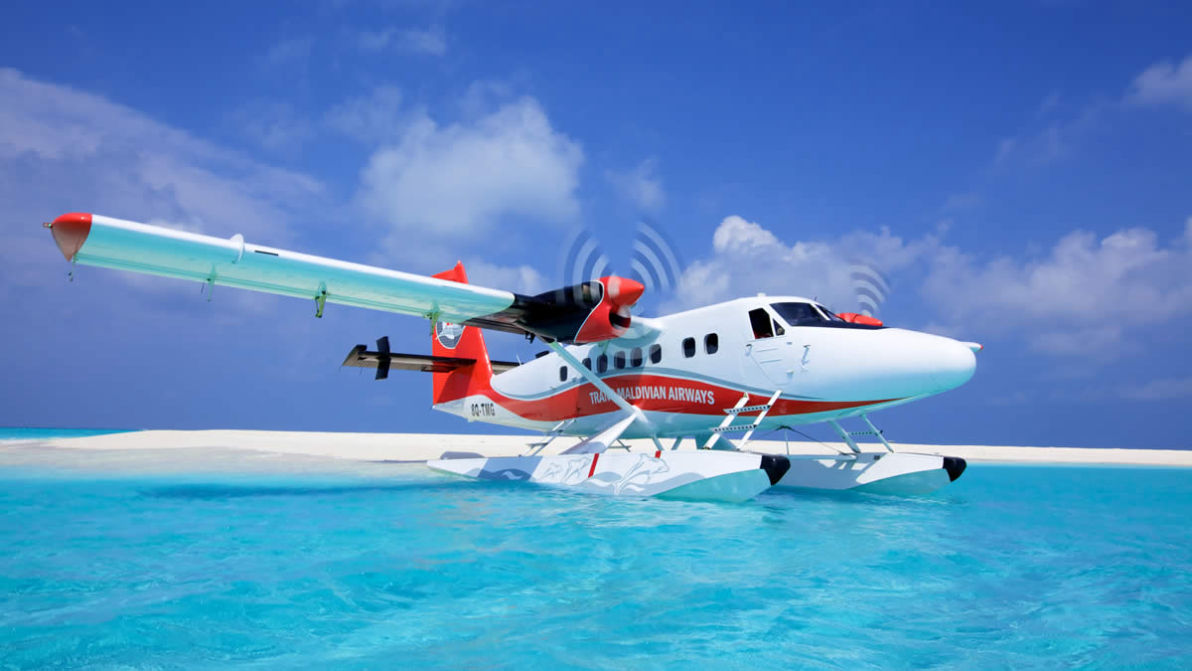
VATSIM was founded in July 2001 by a group of individuals who came together with the idea of creating an online community which truly met the needs of flight simulator enthusiasts across the world. As well as providing a common network for flight simulation enthusiasts to connect to, VATSIM aimed to create a global community for learning, sharing experiences and pursuing new opportunities in the virtual world.
That original group of individuals are now referred to as the VATSIM Founders, and help to steer the direction of the network.
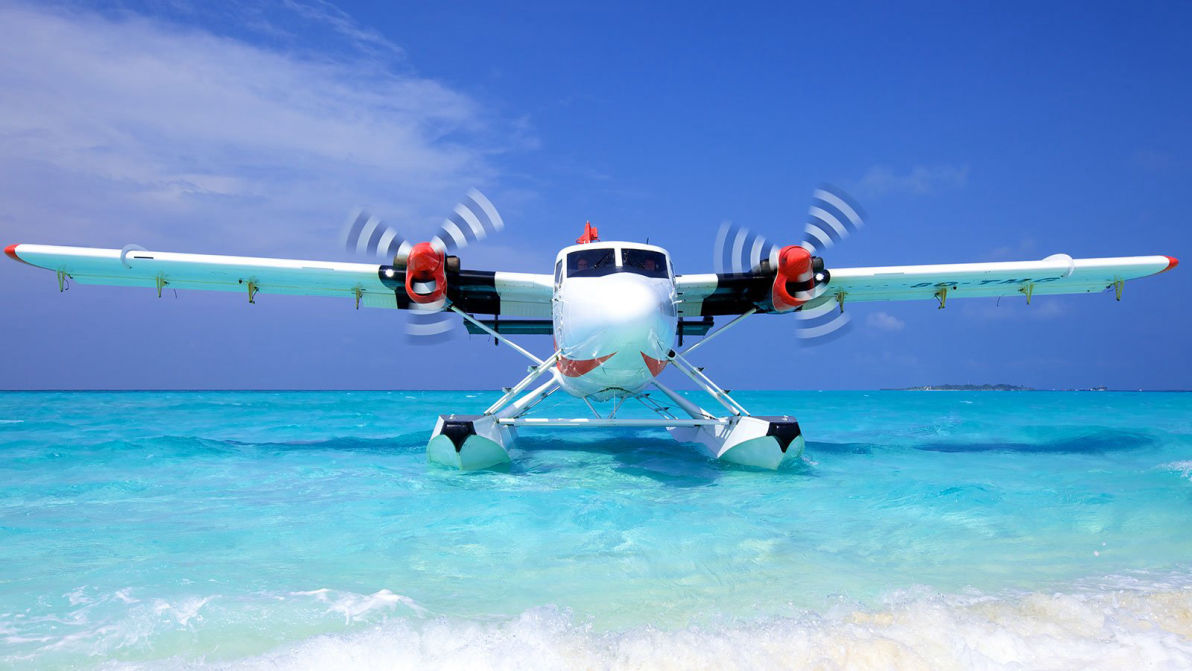
VATSIM is led by the Board of Governors, a group of individuals who each take on a specific specialism on the network to lead. The Board of Governors are supported by an Executive Committee, who represent the Regions of VATSIM, who are in turn supported by local staff structures. Everyone is a volunteer.
The VATSIM world is divided into Regions, then Divisions and finally local facilities, which take on a number of different names depending on where you are in the world. These structures help to build and maintain communities across the globe, providing resources, training and a place to share the experience of VATSIM wherever you are. VATSIM is also the main network for many established Virtual Airlines and other virtual flying groups, whose pilots populate our skies every day with hundreds of flights.
The most important part of the network is you: our members. You are free to enjoy VATSIM in the way you want to enjoy it, by flying, controlling, or both. VATSIM is a network for all to enjoy, and it can be whatever you make it. Welcome.
Vatsim Global Ratings Policy
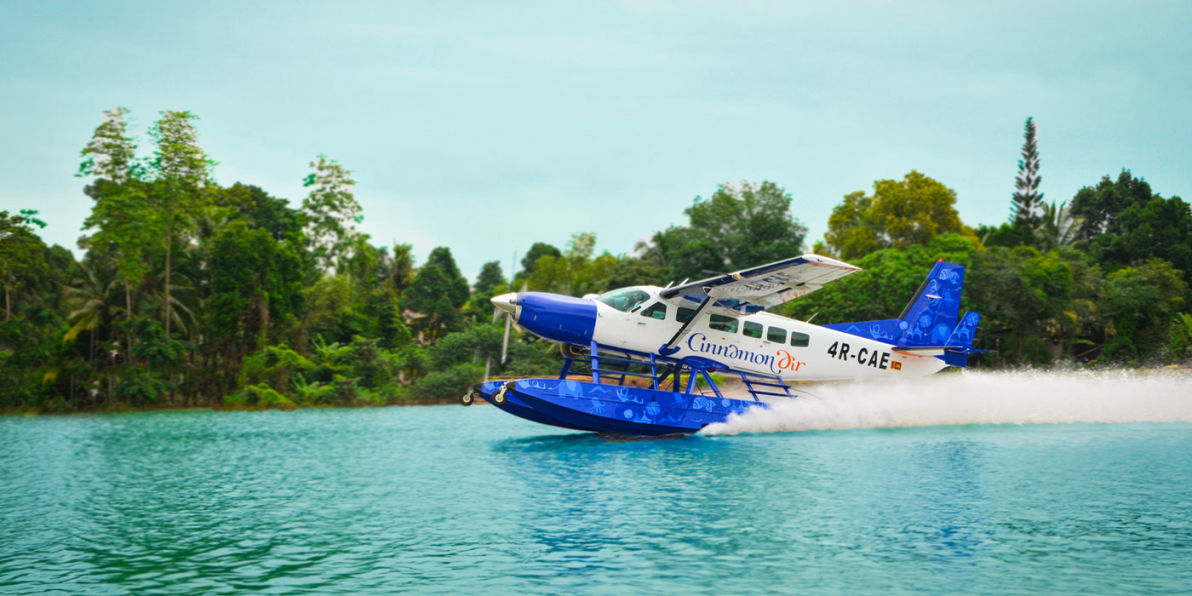
S1 rating does not cover any particular competencies. A member can use this rating to control no higher than Tower (TWR) subject to local restrictions.
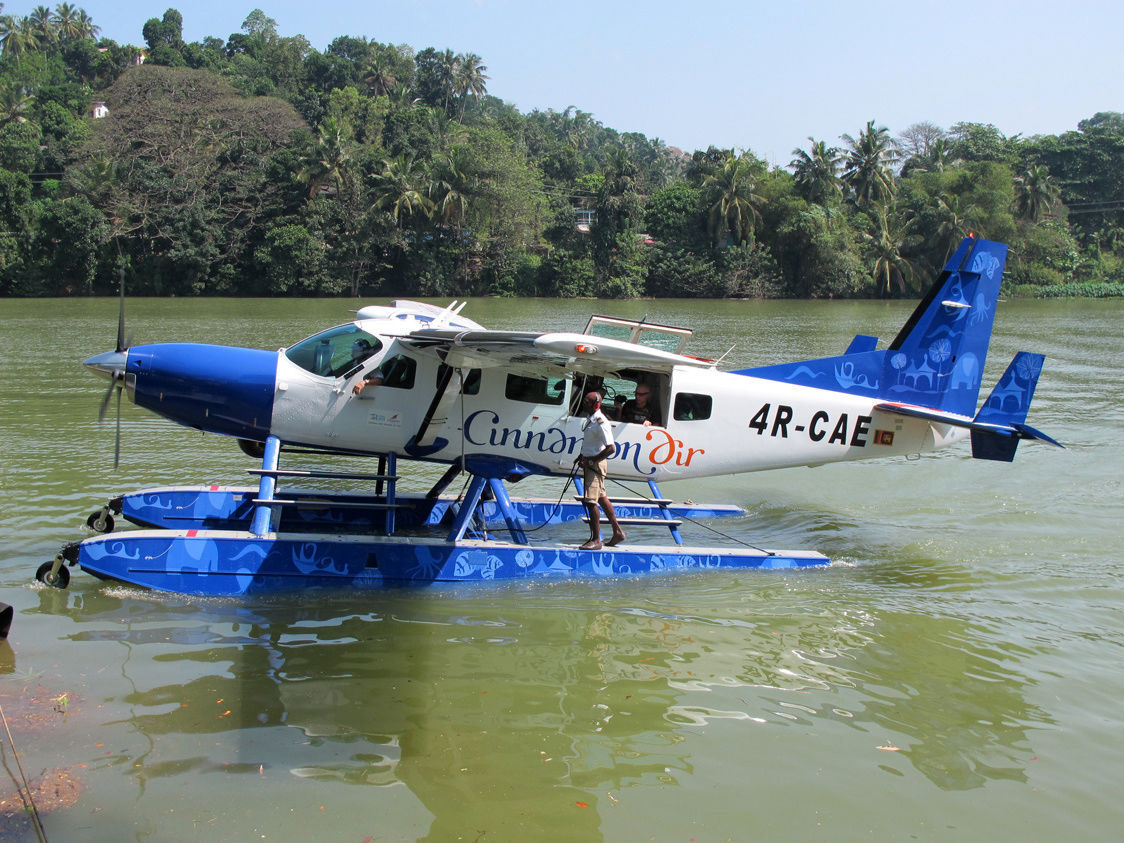
S2 rating includes all airport DEL, GND and TWR control services, except at a tower that provides procedural approach services as outlined in Section 4.6 of this Policy.
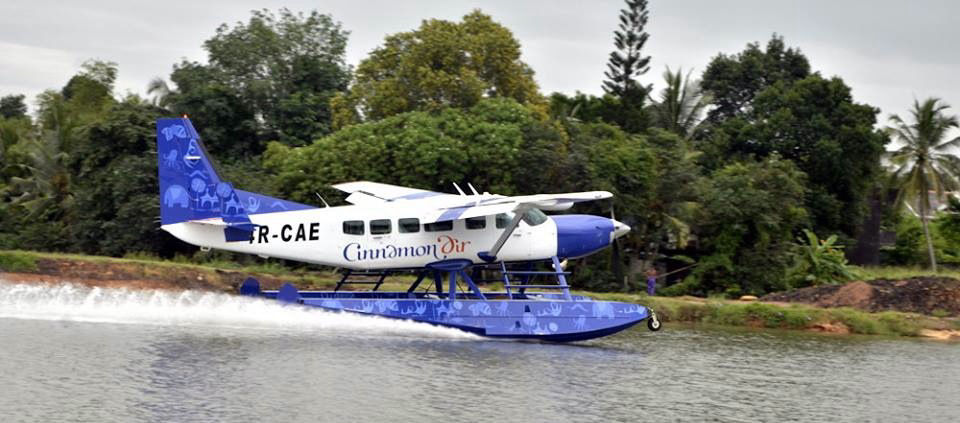
S3 rating includes APP and DEP control services associated with a particular airport/area.
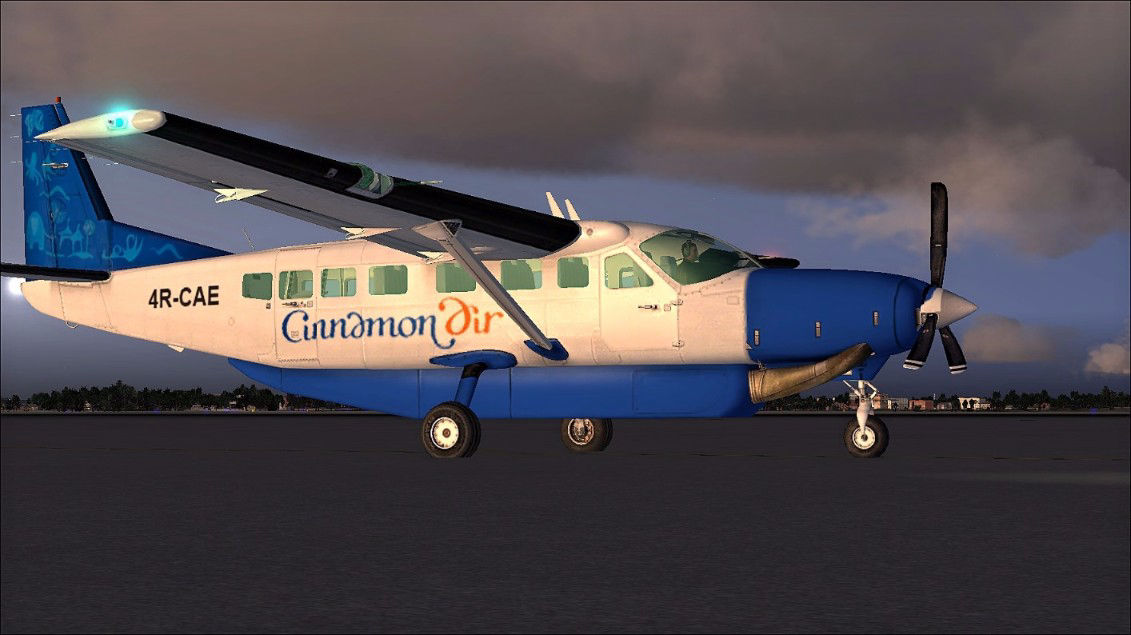
C1 rating is for all Enroute CTR sectors; both radar and non-radar control services.
Note: C1 and C3 ratings qualify to conduct VATWA FSS control. It requires a "Special Endorsement" & details are available in West Asia FSS instructions.
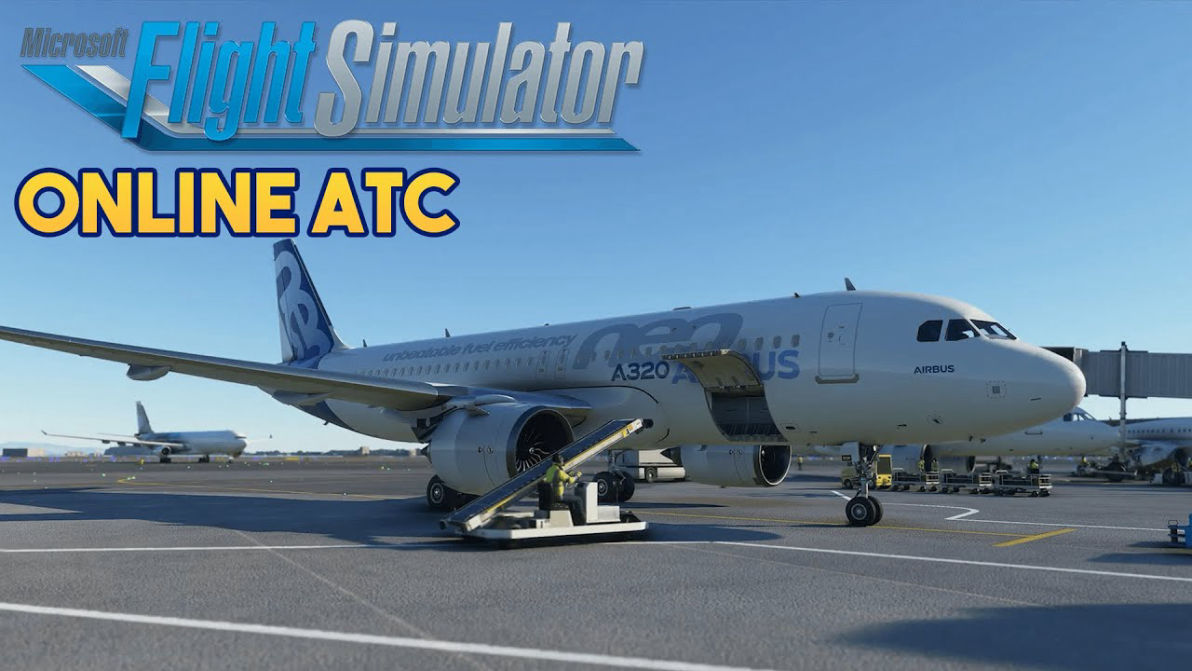
A Senior Controller (C3) rating may be awarded to a controller already certified to provide the six (6) standard VATSIM controller services described above AND who also provides other services NOT related to a control role covered by the ratings for: DEL, GND, TWR, APP, DEP or CTR.
The rating of Senior Controller (C3) may be awarded by any VATSIM Division to give recognition of seniority, performance or any additional role beyond that of a normal Controller (C1) as determined by the local Region/Division.
Transfer and Visiting Controller Policy
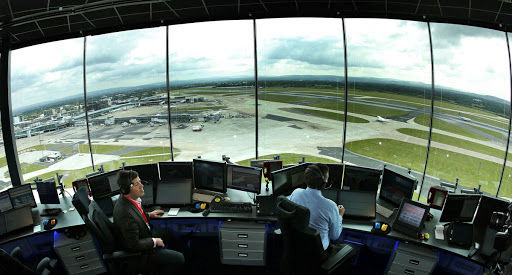
Transfer Controller is a person wishing to permanently transfer to another Region / Division so that their relationship with their old division ceases and the new Division becomes their registered home division.
Visiting Controller is a person who wishes to occasionally operate in another Division whilst retaining the permanent relationship with their existing home division.

A Transfer Controller includes, but is not limited to, a person from another VATSIM Region, a person from a different simulation network, or a person with real world aviation experience. In all cases a Transfer Controller will be afforded the rights and privileges as set out in this policy.
A Transfer Controller should use the Change Region procedure located under VATSIM, Member Services in order to contact the Regional Director and be assigned to a relevant Division, ARTCC, FIR, or vACC where local staff will be responsible for his or her integration as a Transfer Controller.
A Transfer Controller is required to first consolidate their current rating by satisfactorily performing online for at least 50 hours at their current rating, and in the Division where the rating was granted. A rating not consolidated may not be transferred.
In addition to the consolidation requirement detailed in 1.3, a Transfer Controller must wait 90 days after any rating change (promotion) and from any previous Region transfer, before any further Region transfer will be considered. A Transfer Controller should take this into account when submitting a Change Region request. The 90 day period applies only after using the Change Region procedure and does not apply to the initial Region deployment made by a member during registration with VATSIM. This provision shall apply to a Pilot / Observer rated member, after their initial Region / Division selection.
A Regional Director must allow any reasonable Change Region request and pass it on to those who will expedite it. A Change Region request may be rejected only if there is a documented history that has been taken into consideration. Where a Change Region request is rejected, the Regional Director must advise the member in writing, highlighting the reason(s) for rejection; also, the Regional Director must insert the same highlights into the member’s database record.
A Transfer Controller will automatically be subject to any local rules, but will retain his or her current rating, whilst learning the new ATC environment. The Transfer Controller should be fast-tracked through any local assessment or endorsement, in order to become fully operational as quickly as possible.
A Transfer Controller must demonstrate a standard equal to the local requirements for their current ATC rating, and may be required to undertake an appropriate local competency check.
A Transfer Controller having satisfactorily passed a local competency check, or having been accepted as being competent, shall thereafter have the same rights and privileges as local members of the same rating.
Where a Transfer Controller has not yet satisfactorily passed a local competency check in accordance with his or her rating, the local jurisdiction may impose an appropriate restriction until such time that the Transfer Controller is able to demonstrate full competency. If at any stage a Transfer Controller does not accept the proposed local induction plan, or the Transfer Controller does not attain full competency within 90 days of the transfer, then the transfer will become void and the Region Director will arrange to transfer the member back to their previous Region without any loss of ATC rating.
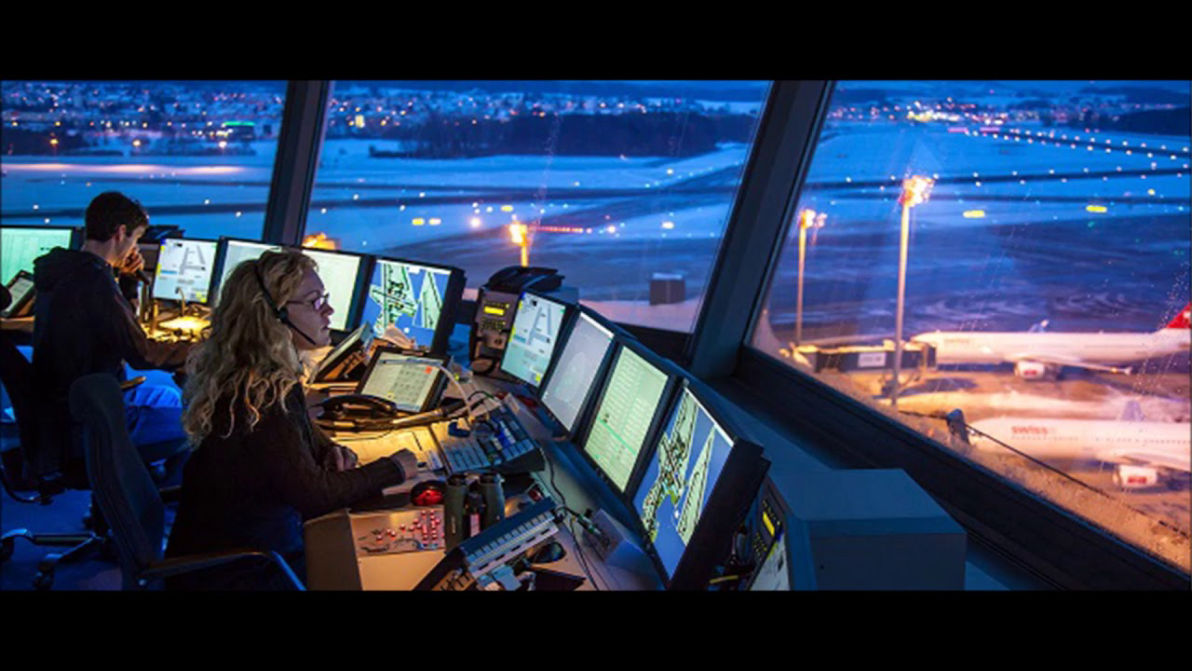
The requirements detailed above for a Transfer Controller shall equally apply to a Visiting Controller, except:
> A Visiting Controller must already be a controller in another VATSIM Division; and
a member may not hold an official staff position within a Region / Division where their status is only that of a Visiting Controller.
> A controller shall perform the more than half of their controlling in their home Division . The home Division is responsible for the provisions of training, assessments and ratings. A division may delegate some of this function to a sub-division operating under its control.
> The visited Division may provide training and assessment for the purpose of granting Visiting Controller status, but is not permitted to alter a controller’s rating.
> A controller seeking Visiting Controller status should apply to the training department of the Division where he or she is seeking to operate as a Visiting Controller, unless another method for application is published.
> Minimum of 4 hours per month, or total of 15 hours per 3 months of online prescence is expected from Visiting Controller.
For the purpose of network supervision, a Division shall make available, a list of Visiting Controllers.
Current vACCSRM Notams:
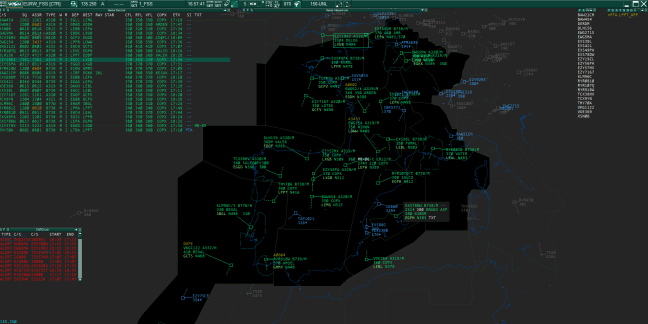
Flyantics
It seems that a young man volunteered for military service during World War II. He had such a high aptitude for aviation that he was sent straight to Pensacola Naval Air Station, skipping recruit training. The very first day at Pensacola he solos and is the best flier on the base. All they could do was give him his gold wings and assign him immediately to an aircraft carrier in the Pacific.
On his first day aboard, he took off and single-handedly shot down 6 Japanese Zeros. Then climbing up to 20,000 ft., he found 9 more Japanese planes and shot them all down as well. Noting that his fuel was getting low, he descended, circled the carrier and came in for a perfect landing on the deck.
He threw back the canopy, climbed out and jogged over to the captain. Saluting smartly he said, "Well sir, how did I do on my very first day?"
The captain turned around, bowed politely, withdrew his samari sword and replied, "You make one velly, velly selious mistake!"